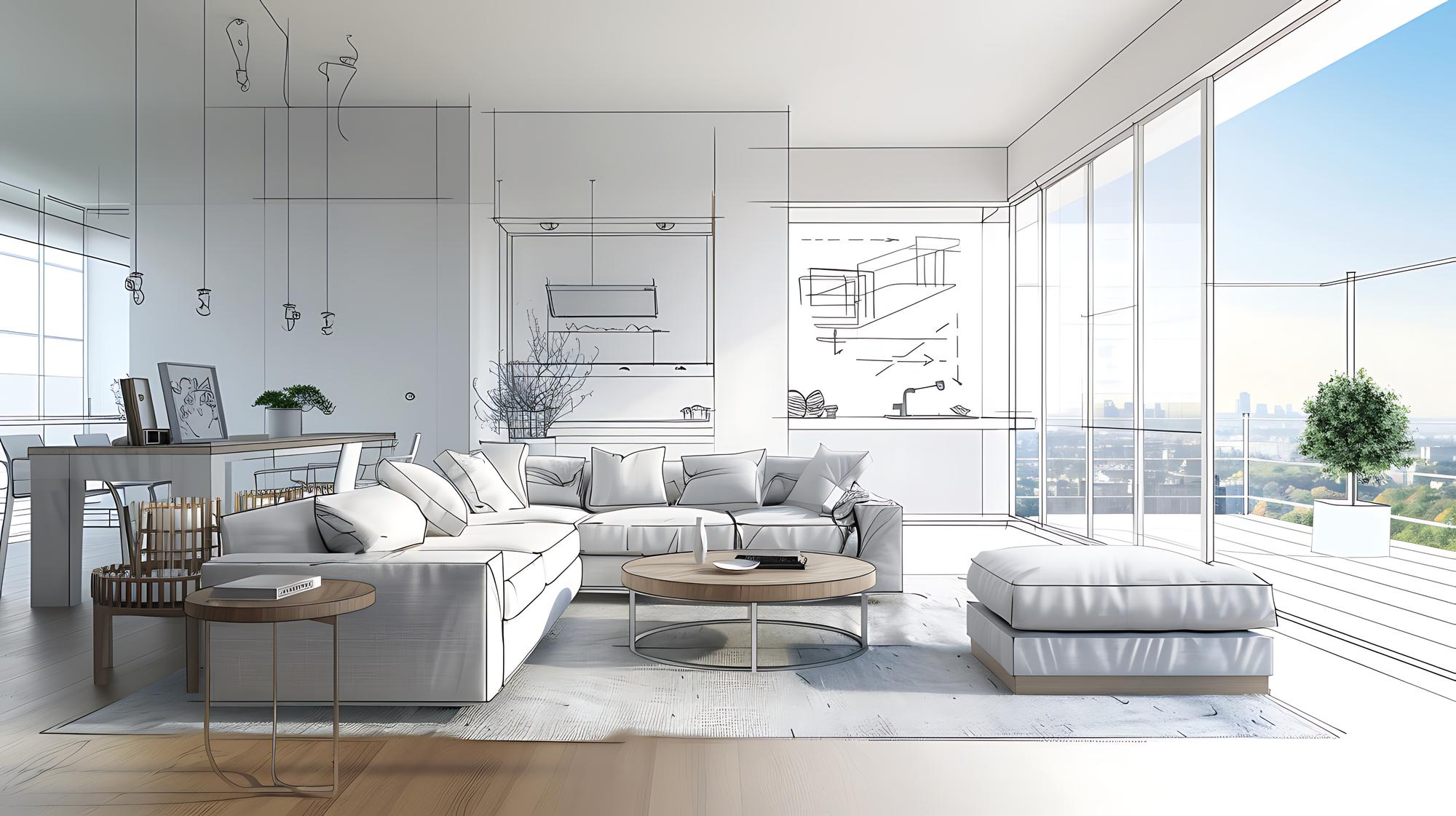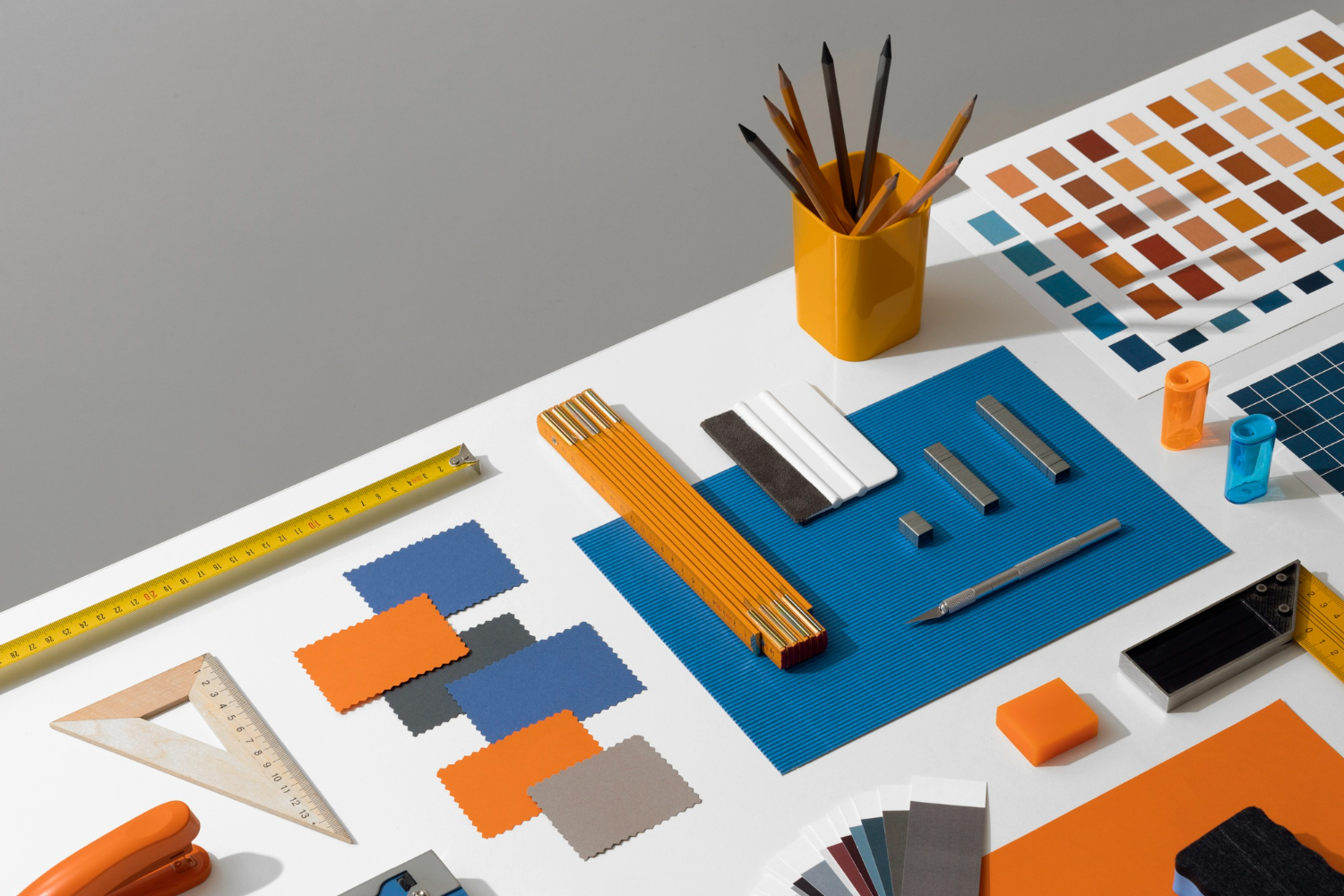Home
DP Assure
Your trusted partner for quality renovation services
Why homeowners trust DP Assure
Transparent Standards
We show what acceptable workmanship looks like before work starts, so expectations are aligned.
Accountability Built‑In
Clear benchmarks let everyone assess progress objectively and resolve issues faster.
Defect Benchmarks
Common vs uncommon defect examples make it easy to spot what needs attention and what's within tolerance.
Trade Benchmarks & Tolerances
Masonry / Tiling
Wet & dry areas: tiles, screed, grout, falls to trap.







Tolerances
- Tile lippage ≤ 0.5 mm (rectified), ≤ 1.0 mm (non‑rectified)
- Joint alignment deviation ≤ 2 mm over 2 m
- Falls to floor trap ~1–2% where design allows
Common Defects
- Hollow tiles; drummy sounds (poor adhesion)
- Lippage/unevenness; inconsistent grout width; misalignment
- Wrong/insufficient fall → ponding in bathrooms/balconies
Uncommon Defects
- Efflorescence wicking through grout
- Tile batch shade mismatch
- Waterproofing breach causing leaks below
Unless noted in your contract, visual checks are assessed at a normal viewing distance of 1.5–2.0 m under typical daylight.
Where drawings, supplier datasheets, or statutory requirements set stricter rules, those take precedence over this guidance.
Waterproofing
Toilets, kitchen wet zones, balconies.
Tolerances
- Membrane turned up at upstands/kerbs per system
- Reinforcement at corners and penetrations
- Curing per manufacturer prior to overlay
Common Defects
- Membrane not turned up at upstands/kerbs
- Rushed curing → membrane debond
Uncommon Defects
- Failure at traps/pipe sleeves → concealed leaks
- Balcony upstand too low → rain blowback
Unless noted in your contract, visual checks are assessed at a normal viewing distance of 1.5–2.0 m under typical daylight.
Where drawings, supplier datasheets, or statutory requirements set stricter rules, those take precedence over this guidance.
Drywall / Partitions & Ceilings
Board joints, framing, access & levels.
Tolerances
- Flatness within good practice; no visible joint ridging at 1.5–2 m
- Framing spacing per board spec
Common Defects
- Visible joints; popping screws; hairline cracks
- Uneven levels/sagging from under‑sized framing
Uncommon Defects
- No access panels to M&E services
- Non‑rated boards used where fire‑rating is required
Unless noted in your contract, visual checks are assessed at a normal viewing distance of 1.5–2.0 m under typical daylight.
Where drawings, supplier datasheets, or statutory requirements set stricter rules, those take precedence over this guidance.
Carpentry & Stone
Cabinetry, wardrobes, solid surfaces and worktops.


Tolerances
- Door/drawer gap uniformity ≤ 2 mm
- Level difference between adjacent faces ≤ 1.5 mm
- Flush laminate edges; no sharp corners
Common Defects
- Door/drawer misalignment; uneven gaps
- Edge band peeling; laminate bubbles
- Visible worktop joints; rough sink cutout
Uncommon Defects
- Warping due to moisture
- Stone/quartz cracks from inadequate support
Unless noted in your contract, visual checks are assessed at a normal viewing distance of 1.5–2.0 m under typical daylight.
Where drawings, supplier datasheets, or statutory requirements set stricter rules, those take precedence over this guidance.
Painting & Wall Finishes
Coverage, texture uniformity, edges and sheen.

Tolerances
- No visible roller lines at 1.5–2 m normal viewing
- Colour consistency under daylight
- Edges masked cleanly (≤ ~1 mm bleed)
Common Defects
- Patchiness/flashing; roller marks; pinholes
- Wrong colour code/uneven sheen
Uncommon Defects
- Blistering/peeling from substrate moisture/alkali burn
- Efflorescence on walls
Unless noted in your contract, visual checks are assessed at a normal viewing distance of 1.5–2.0 m under typical daylight.
Where drawings, supplier datasheets, or statutory requirements set stricter rules, those take precedence over this guidance.
Electrical (Power/Lighting/Data)
Positions, safety compliance, finishing and labeling.

Tolerances
- Sockets/switches aligned and level within ±2 mm
- Neat cutouts; no exposed copper; fixtures plumb
Common Defects
- Wrong locations; loose faceplates; messy trunking
- Mixed circuit loads; missing RCD labeling
Uncommon Defects
- Overheating from poor terminations; undersized conductors
- Inadequate earthing/protection
Unless noted in your contract, visual checks are assessed at a normal viewing distance of 1.5–2.0 m under typical daylight.
Where drawings, supplier datasheets, or statutory requirements set stricter rules, those take precedence over this guidance.
Plumbing & Sanitary
Fixture alignment, gradients, leaks and access.
Tolerances
- Fixture alignment within good practice (±2 mm typical)
- Adequate gradients to avoid standing water
- Neat mildew‑resistant silicone joints
Common Defects
- Leaks at traps/fittings; misaligned mixers
- Poor slope in concealed waste lines; wobbling WCs/basins
Uncommon Defects
- Backflow risks in low points (pumped system may be required)
- Concealed leaks surfacing weeks later
Unless noted in your contract, visual checks are assessed at a normal viewing distance of 1.5–2.0 m under typical daylight.
Where drawings, supplier datasheets, or statutory requirements set stricter rules, those take precedence over this guidance.
Windows, Doors & Glazing
Frames, ironmongery, operation and weathering.
Tolerances
- Plumb/level frames; even reveals; compliant fasteners
- Weatherstrips intact; smooth sliding/hinging
Common Defects
- Misaligned hinges; poor latch strike; stiff rollers
- Air/water leakage at frames
Uncommon Defects
- Non‑compliant aluminium casement rivets not upgraded to stainless
- Glass chips near holes/corners; unsafe glass in wet areas
Unless noted in your contract, visual checks are assessed at a normal viewing distance of 1.5–2.0 m under typical daylight.
Where drawings, supplier datasheets, or statutory requirements set stricter rules, those take precedence over this guidance.
Fixtures, Fittings & Accessories
Bathrooms/kitchens: placement, fixing and sealing.
Tolerances
- Accurate mock‑up heights/locations; neat silicone
Common Defects
- Messy silicone; mis‑sited accessories
- Wrong mixer orientation/spout reach
Uncommon Defects
- Loose glass shower panels; poorly sealed screens → leaks
Unless noted in your contract, visual checks are assessed at a normal viewing distance of 1.5–2.0 m under typical daylight.
Where drawings, supplier datasheets, or statutory requirements set stricter rules, those take precedence over this guidance.
Note: These cues align with Singapore's Building and Construction Authority (BCA) CONQUAS / Quality Mark benchmarks. Always follow your project's specifications, method statements, and applicable codes.
All information provided by DP Assure is subject to on‑site inspection and work sequencing requirements. Actual acceptance criteria may vary based on project drawings, material specifications, and applicable Singapore standards.
Want a pre‑handover or post‑renovation quality review?
Book an on‑site DP Assure walkthrough. We'll benchmark against the published defect language and tolerances, then share a clear summary.


